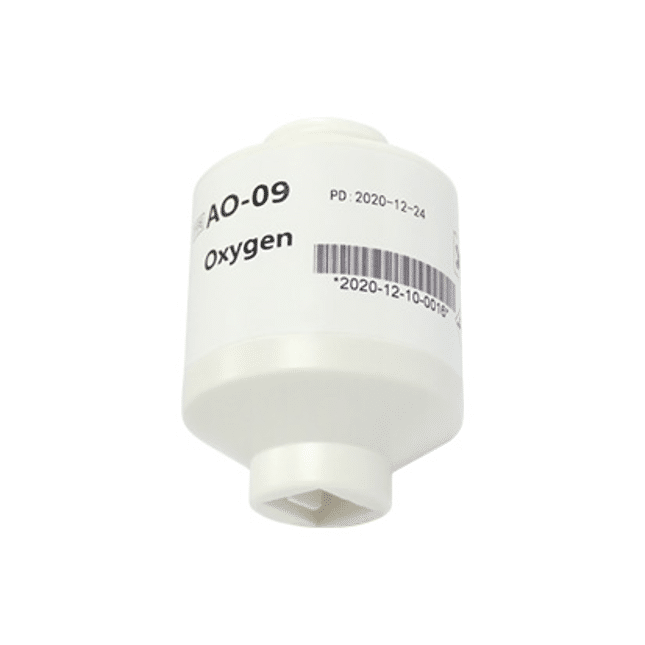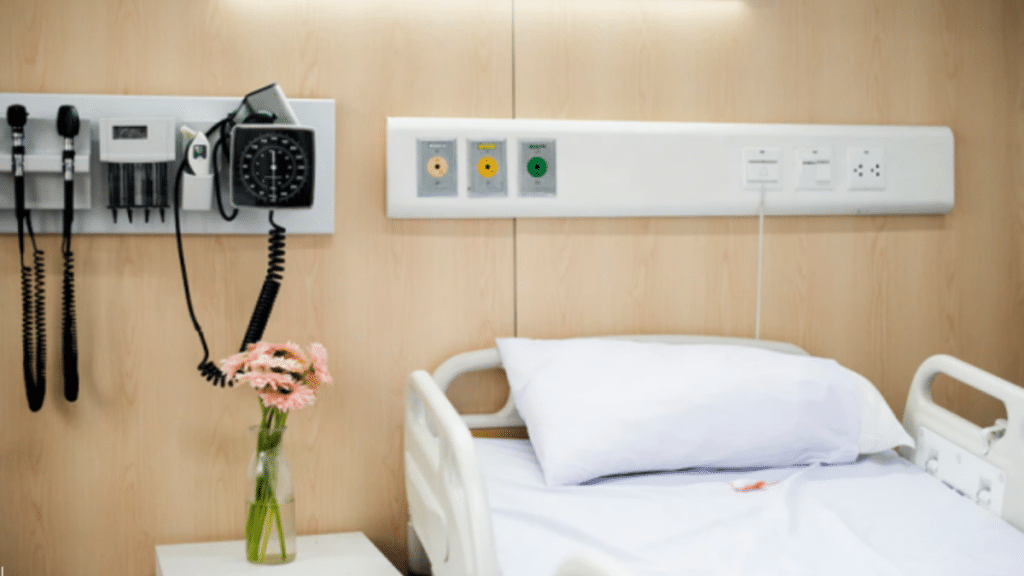Medical oxygen sensors play a critical role in the safe operation of many medical devices across a wide range of applications. As technology continues to advance rapidly, many medical devices are being turned into smart devices thanks to medical oxygen sensors. They are the sole means by which very low concentrations of oxygen can be monitored and precisely controlled.
Let’s dive deeper into the impact of the medical oxygen sensor on the healthcare industry!
Applications of Oxygen Sensors in Medical Devices
A medical oxygen sensor can be used in medical devices that monitor heart rate, blood pressure, and other vital signs. These monitors are often used in hospitals and doctor’s offices so that patients know whether they need to seek immediate attention for any health concerns.
l Anesthesia Delivery Machines
Oxygen sensors are used in anesthesia delivery machines to monitor patients’ blood oxygen levels. The machine will deliver the appropriate amount of oxygen based on the patient’s blood oxygen level. This prevents over-oxygenation, which can lead to tissue damage and increase the risk of complications during surgery.
The medical oxygen sensors make surgeries and other medical procedures inherently safer where anesthesia is needed. This can include procedures like dental surgeries, laser eye surgery, and many others.
l Oxygen Concentrator
Using oxygen sensors in an oxygen concentrator is one of the most important applications for these devices. An oxygen monitor sensor detects the concentration of oxygen in breathing gas mixes. Pure oxygen is not supplied from a tank by an oxygen concentrator. Instead, it transforms ambient air into oxygen, necessitating the ongoing monitoring of oxygen purity as it is separated from other gasses in the air by the oxygen sensor.
l Medical Ventilators
Oxygen sensors are used in medical ventilators to help measure the quality of the air being breathed by patients. A medical oxygen sensor can be used to determine if an individual needs to breathe more oxygen than what they are currently taking in.

Requirements of Medical Oxygen Sensors
Medical oxygen sensors measure oxygen concentration in medical settings, such as hospitals and clinics. Therefore, the medical oxygen sensor must be able to withstand the rigors of use in a medical setting, including exposure to moisture and other contaminants. They typically have the following requirements:
1. High Accuracy
Your chosen medical oxygen sensor must be able to measure oxygen concentration with a high degree of accuracy, typically within a range of +/- 2% or better.
2. Stability
Medical oxygen sensors must be able to maintain their accuracy and performance over time without the need for frequent calibration or maintenance.
3. Configurability
The output of a medical oxygen sensor should have greater on-the-fly configurability and simpler integration for efficient use during operations and other medical processes.
4. Long-Term Supply
Medical oxygen sensors must be able to respond quickly to changes in oxygen concentration, typically within a few seconds. The O2 sensor’s cycle should be between 0.00 and 1.00 volts, but in practice, it is between 0.10 and 0.90 volts.
5. Support
The medical oxygen sensor must be compatible with the type of medical gasses used in the hospital or clinic, most commonly being O2, N2O, CO2, and Air. They must be designed with safety measures such as over-pressure protection to avoid damage to sensors while in use.

Medical Oxygen Sensors Have Revolutionized the Healthcare Industry
Oxygen sensors are transforming the medical industry by allowing doctors and medical staff to identify symptoms more quickly, resulting in more effective treatment for patients. For patients, this means better healthcare and more accurate diagnoses. As sensor technology advances, we can expect to see even more devices on the market that provide rapid problem identification and better patient treatment rather than relying solely on subjective symptoms.
AO-09 Oxygen Sensor from Saftty
Saftty’s AO-09 Oxygen Sensor features a molded body design with features tailored for various medical applications. It provides a stable flow of oxygen and timely supply with high accuracy ensuring quick reaction to monitor patient’s safety throughout the surgery or other medical process. Many top manufacturers trust AO-09 Medical Oxygen Sensor for their medical devices, such as:
§ Oxygen sensing device
§ Oxygen concentrator control tool
§ Healthcare ventilators
§ Oxygen sensor anesthesia machine
§ Incubators
About Saffty
Today, every manufacturer of medical oxygen sensors is continually striving to further improve their performance and user experience. And Saftty is a name you can trust. Saftty has rich experience in not only thermal protectors but also sensors devices. Visit their website for more information.
